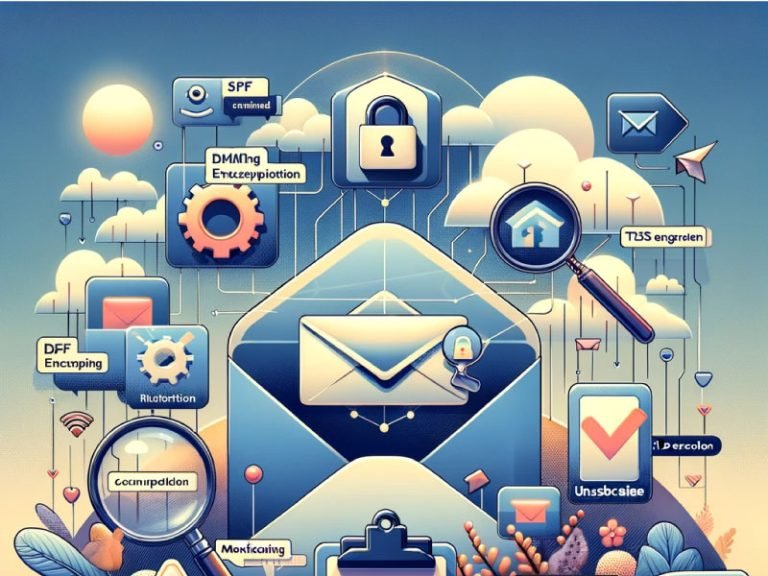
New High-Volume Email Sending Requirements Guide
In the digital age, email remains a cornerstone of communication, especially for businesses and organizations that rely on it to reach their audience.
However, as the volume of emails sent daily increases, so does the need for stringent measures to ensure these communications are secure, reliable, and trustworthy.
Starting February 1, 2024, Google is introducing new requirements for senders who dispatch more than 5,000 messages daily to Gmail accounts.
This comprehensive guide outlines high-volume senders’ essential steps and protocols to comply with these new standards, ensuring their messages reach their intended recipients without interruption.
Understanding the New Requirements
Set Up Email Authentication Protocols
SPF and DKIM
Secure your email domain by implementing Sender Policy Framework (SPF) and DomainKeys Identified Mail (DKIM) authentication methods. These protocols help prevent email spoofing and phishing by verifying that the sender is authorized to send emails on behalf of the domain.
DMARC
Domain-based Message Authentication, Reporting, and Conformance (DMARC) further enhances email security by enabling domain owners to protect their domains from unauthorized use. A DMARC policy informs receiving servers how to handle emails that fail SPF and DKIM checks. For compliance, set your DMARC policy to at least ‘none’ to gather data on your email practices without affecting delivery.
Ensure DNS Record Validity
Ensure your sending domains or IP addresses have valid forward (A or AAAA records) and reverse (PTR records) DNS records. This step is crucial for email systems to verify the sender’s identity and reduce the likelihood of your emails being marked as spam.
Utilize TLS Encryption
Transmission Layer Security (TLS) encryption safeguards the integrity and privacy of email communications during transit. Senders must use a TLS connection to encrypt emails, ensuring sensitive information remains secure from potential interceptors.
Monitor and Maintain Low Spam Rates
Using Google’s Postmaster Tools, regularly monitor your spam rates. Keep the spam report rate below 0.10% and avoid reaching a 0.30% threshold to ensure your emails are not flagged as spam. This practice is vital for maintaining a good sender reputation.
Adhere to Email Formatting Standards
Format your messages according to the Internet Message Format standard (RFC 5322) to ensure compatibility and readability across email clients and services.
Avoid Impersonation
Do not impersonate Gmail in the ‘From:’ headers to avoid conflicts with Gmail’s DMARC quarantine enforcement policy. Impersonating could significantly impact your email delivery rates.
Implement ARC for Forwarded Emails
For senders who regularly forward emails, including mailing lists or inbound gateways, it’s crucial to add Authenticated Received Chain (ARC) headers. These headers help maintain the integrity of the email’s original authentication results, even after being forwarded.
Support One-Click Unsubscribe
For marketing and subscription-based messages, include a visible and easily accessible unsubscribe link within the message body. This feature supports user autonomy and compliance with anti-spam regulations.
Preparing for the Transition
To avoid disruptions in email delivery, start implementing these guidelines as soon as possible, especially if your email volume exceeds 5,000 messages per day. Early adoption not only enhances your compliance but may also improve your overall email delivery success rate.
Conclusion
As Google tightens its email-sending policies, adapting to these new requirements is crucial for businesses and organizations that rely on email communication. By following the outlined steps, high-volume senders can ensure their emails continue to reach Gmail users effectively and securely. Remember, compliance is not just about avoiding penalties; it’s about upholding the integrity of your communications and fostering trust with your audience.
For more detailed assistance and troubleshooting, refer to Google’s official documentation and support channels.


